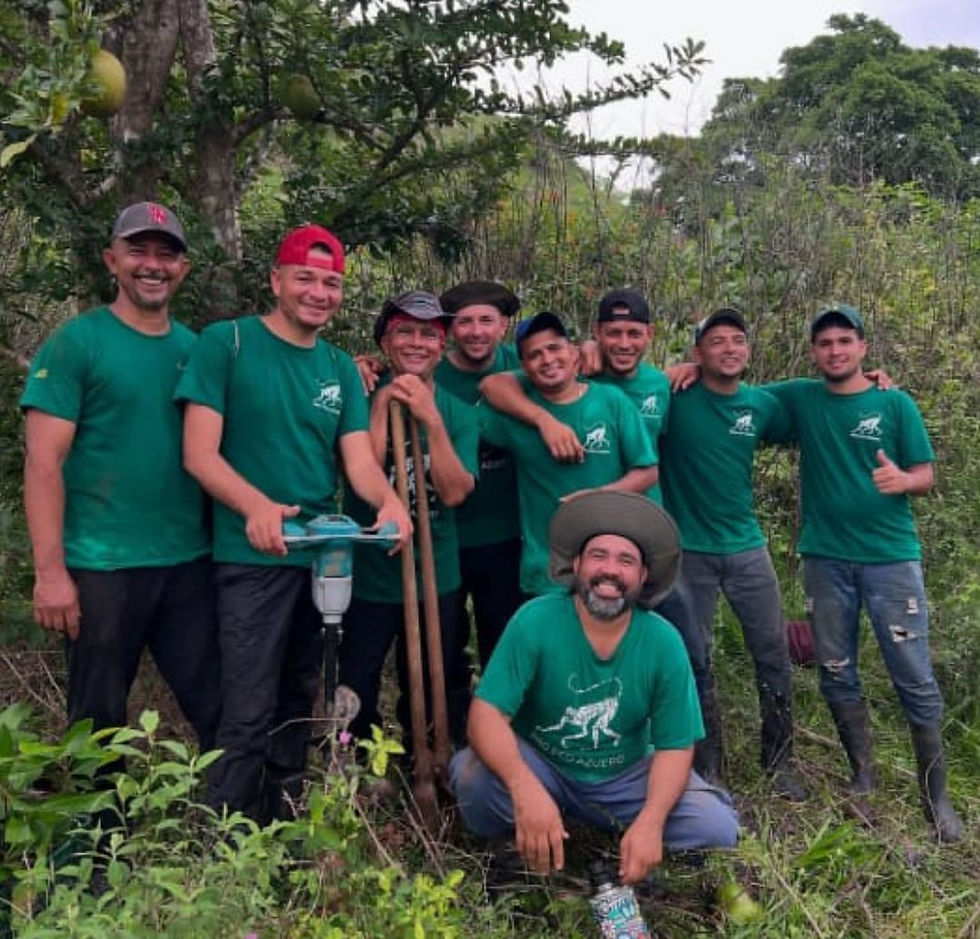AEP and University of Maryland Agree to Collaborate on Spider Monkey Research Project
- Sep 3, 2013
- 1 min read
The Azuero spider monkey is considered critically endangered, with as few as 145 individuals remaining in the wild, and very little is known about its behavorial tendencies. To fill in the gaps, researchers from the Bill Fagan Lab at the University of Maryland will use GPS collars to track the monkeys in the Azuero. [caption id="attachment_11574" align="alignnone" width="620"]
Over the course of the two-year long study, researchers hope to gain a better understanding of how the animals interact with one another and with their environment, especially focusing on how the monkeys have changed their behaviors in response to deforestation of their dry forest habitat. Using data collected from the tracking collars and GIS maps developed by the AEP, researchers will be able to better determine where the monkeys live, what they eat, and how they travel from place to place. Once the data has been collected, AEP and University of Maryland researchers hope to engage other key actors in the region in order to develop strategies for protecting the spider monkeys and promoting their survival as a species. Using both land cover maps developed by the AEP and field data, researchers will also work to determine which tree species are most important in providing food and habitat for the spider monkeys. The information will be then put to use as part of the AEP's ongoing effort to create a biological forest corridor that connects spider monkey habitats in different parts of the Azuero using tree species appropriate for the social and dietary habits of the Azuero spider monkey. Find out more about the Bill Fagan Lab here.








Comments